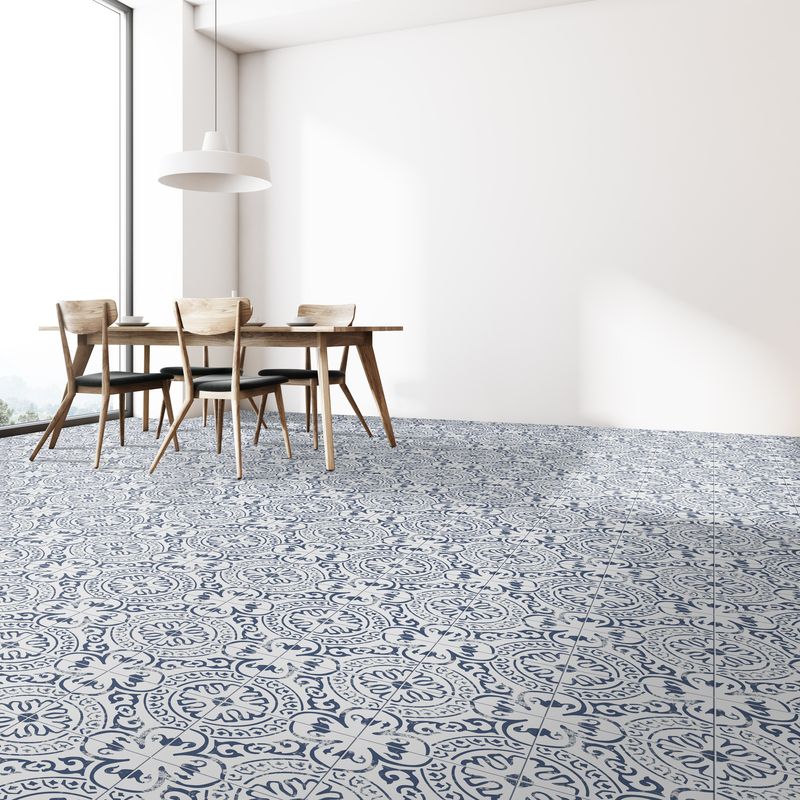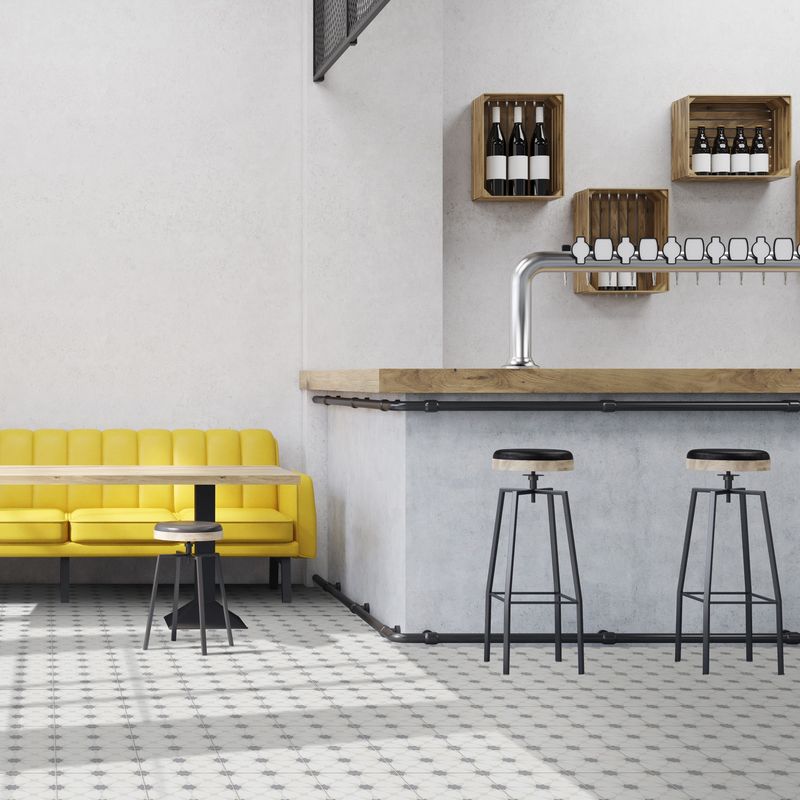Different Types of Mortar and Their Uses

Mortar bonds bricks and other units of masonry together and adheres tiles to an underlayment. Mortar provides structural integrity to a wall, floor, or other structure but is flexible enough to allow shifting without cracking.
Mortar is not the same as cement, concrete, or grout. Cement is the binding element found in both mortar and concrete. Concrete is a much stronger material than mortar and is often used on its own to build walls, floors, and other building components. Grout is formulated without the lime additive found in mortar, and it has high water content. Grout doesn’t bind materials together, but rather serves only to fill the gaps between tiles.
While mortar has a lower strength than concrete, it has the ability to retain water, and it has a high air content. This means that when temperatures freeze and the water in the mortar expands into ice, the ice moves into the air bubbles, preventing the mortar from cracking.
One of the most important considerations when laying porcelain and ceramic tile floors is choosing the right mortar. Here, we look at the different types of mortar and their applications.
Types of Mortar
Not all mortar is the same. Mortar comes in four different types, each of which is mixed using a different ratio of sand, hydrated lime, and cement. The different types of mortar are denoted by the letters: M, S, N, and O. Different mixtures provide different characteristics, such as compressive strength, flexibility, and bonding properties. The best type of mortar for a particular project depends on the various design elements and the application.

Type M Mortar
The highest-strength mortar (2,500 psi) is Type M mortar, which is only used where considerable compressive strength is needed. Type M mortar is generally used with stone, since it’s very strong and won’t fail before the stone does. This mortar is used for below-grade applications involving extreme pressure or lateral loads, such as foundations and retaining walls. Type M mortar is made using three parts Portland cement, one part hydrated lime, and 12 parts sand.
Type S Mortar
Like Type N mortar, type S is medium-strength (1,800 psi,) but it’s stronger than Type N and can be used for below-grade exterior walls and outdoor patios. It’s ideal for applications where the building materials come into contact with the ground, such as shallow retaining walls and paving stones. Type S mortar is made with two parts Portland cement, one part hydrated lime, and nine parts sand.
Type N Mortar
Type N mortar mix is a medium-strength mortar (750 psi) recommended for exterior and above-grade walls and interior load-bearing walls. Type N mortar withstands high heat, low temperatures, and severe weather and is considered to be a general-purpose mix. It’s the most commonly used mortar by homeowners for general applications, and it’s ideal for semi-soft stone since it’s more flexible than higher-strength mortar and will help prevent the stone from cracking. Type N mortar is made using one part Portland cement, one part lime, and six parts sand.
Type O Mortar
Type O mortar mix is low-strength (350 psi) mortar used in non-load-bearing interior projects. It’s often used to repair mortars and is generally used with sandstone and other materials with low compressive strength, since it’s very flexible. This mortar has very limited exterior use. Type O mortar is made using one part Portland cement, two parts hydrated lime, and nine parts sand.
It’s important to note that a lower-psi mortar is not inferior to one with a higher psi. Mortars with a low psi have superior adhesive and sealing powers compared with mortars with a high psi. Whether you need a mortar with a high or low psi depends on the specific project and its location.
Thin-Set, Mastic, and Epoxy Tile Mortar
Mortar for installing tiles comes in three basic types: Thin-set, mastic, and epoxy mortar.
Thin Set
Thin-set mortar mix is the most commonly used tile mortar for both indoor and outdoor projects. It offers a strong bond and is resistant to moisture and heat. Thin-set tile mortar is smooth and slippery and comes pre-mixed or in powder form, which you mix with water. A major advantage of thin-set is that it helps to level slightly uneven surfaces. Thin-set is ideal for shower floors and walls, kitchen countertops, and other applications in high-moisture settings.

Tile Mastic
Mastic is a tile adhesive that comes pre-mixed. This sticky adhesive is a water-based, acrylic that’s easy to clean up. However, it’s neither heat- nor moisture-resistant and won’t help level the surface upon which the tiles are being laid. It’s typically used for tiling in dry areas, although it can’t be used with glass tiles.
Epoxy Mortar
Epoxy mortar contains three different components: Resin, hardener, and powder. It sets quickly and provides an incredibly strong bond. Waterproof and resistant to chemicals, epoxy mortar has a strong smell at first, and it’s expensive. Because it can be complicated to mix and use, it’s generally only used by professional tile installers. This type of mortar is recommended for ceramic flooring tiles.
Large Format Mortar vs. Regular Mortar
Large-format tiles, which are those that have one or more sides larger than 15 inches, require a large-format mortar that’s specially formulated for large, heavy tiles. Large-format mortar supports the increased weight and reduces unevenness between tiles.
Mixing Mortar
Mortar can be mixed in small amounts by hand. If you’re making mortar from scratch, use a dry bucket to measure the materials. Pour the ingredients into the mixing container, add water, and mix, scraping the bottom often. Keep adding water and mixing until the mortar has a smooth consistency and slips easily off the mixing utensil but holds its shape when you make a hole in the mix. Always wear eye and hand protection when you’re mixing mortar.
Once you mix your mortar, it should be good for 90 minutes before it starts losing its essential characteristics. If the mortar begins to dry while you’re applying it, add a little more water to thin it out. Don’t add water once the mortar begins to set, though. Doing so will interfere with its fundamental properties, and it won’t work for your application.



